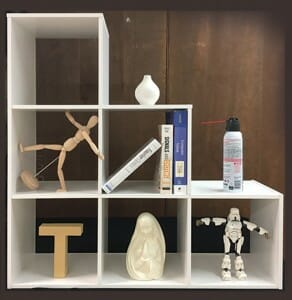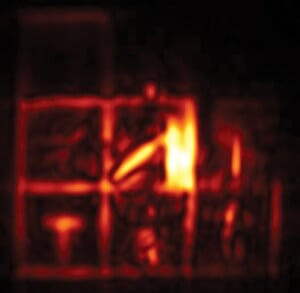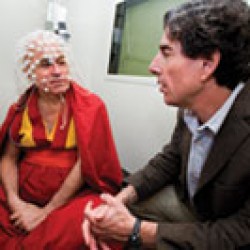A Camera to See around Corners
New technology can capture complex hidden scenes.
Along with flying and invisibility, high on the list of every child’s aspirational superpowers is the ability to see through walls.
That capability is now a big step closer to reality. Scientists from UW– Madison and the Universidad de Zaragoza in Spain have shown that it’s possible to image complex hidden scenes using a projected “virtual camera” to see around barriers.
Once perfected, the technology could be used in a wide range of applications, from defense and disaster relief to manufacturing and medical imaging. The work has been funded largely by the military and NASA, which envisions the technology as a way to peer inside hidden caves on the moon and Mars.
Technologies to achieve what scientists call “non-line-of-sight imaging” have been in development for years, but they’ve been limited to fuzzy pictures of simple scenes. The new approach could image far more complex hidden scenes, along with seeing around multiple corners and taking video.
Non-line-of-sight imaging uses indirect, reflected light — a light echo of sorts — to capture images of a hidden scene. Photons from thousands of pulses of laser light are reflected off a wall or another surface to an obscured scene, and the reflected, diffused light bounces back to sensors connected to a camera. The recaptured light particles are then used to digitally reconstruct the hidden scene in three dimensions.
“We send light pulses to a surface and see the light coming back, and from that we can see what’s in the hidden scene,” explains Andreas Velten, an assistant professor of biostatistics and medical informatics in the UW School of Medicine and Public Health.
Velten says the technology can be both inexpensive and compact, meaning real-world applications are just a matter of time.
Published in the Winter 2019 issue





Comments
No comments posted yet.